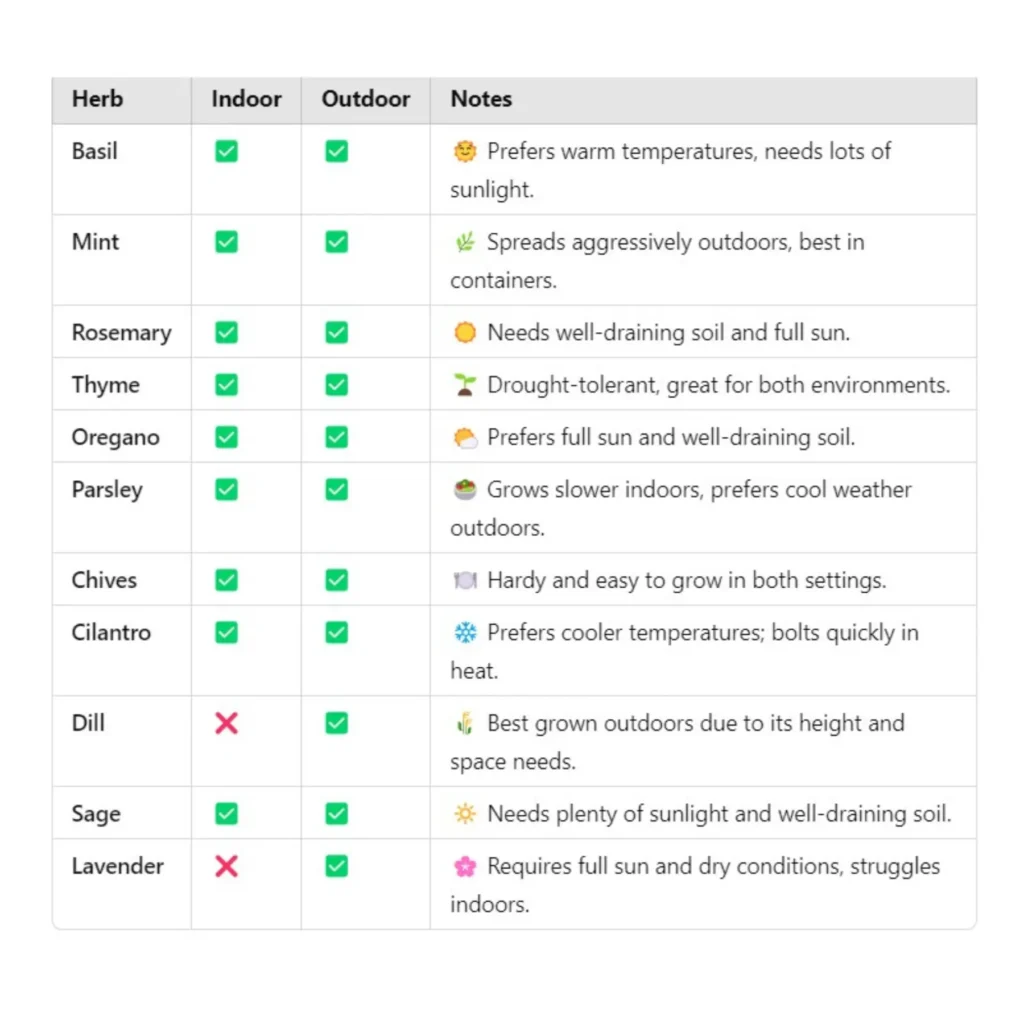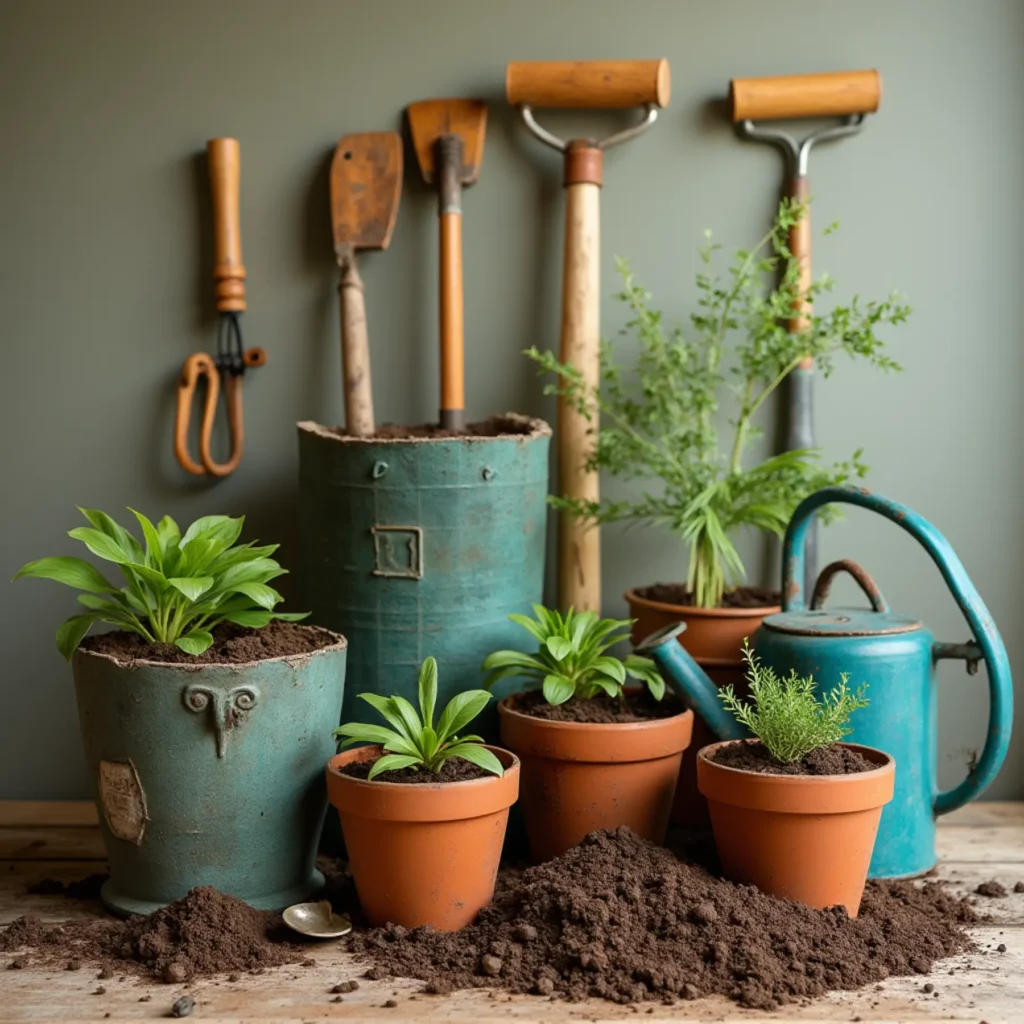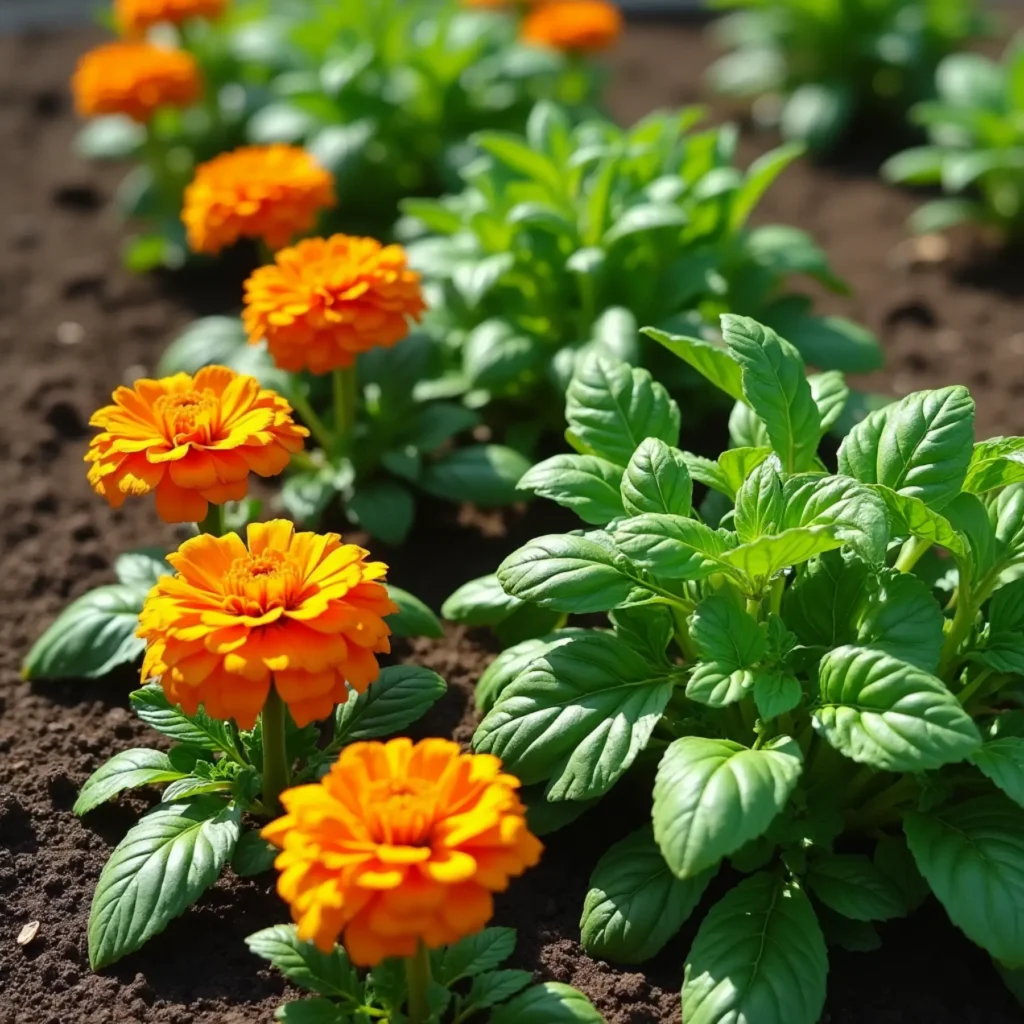How to Grow Herbs ? Indoor and Outdoor, 7 Best tips !
Introduction
Imagine plucking fresh basil for your pasta sauce or harvesting fragrant rosemary for a roasted chicken right from your own garden. Growing herbs, whether indoors or outdoors, is not only a rewarding hobby but also a practical way to enjoy fresh flavors and elevate your cooking.
Learning how to grow herbs in indoor and outdoor herb gardens is easier than you might think. Whether you’re new to gardening or looking to expand your green thumb, this guide will provide all the steps you need to create a flourishing herb garden.
Table of Contents
Why Grow Your Own Herbs ?
Growing herbs at home comes with many advantages:
- Cost-Effective : Stop spending money on store-bought herbs that wilt within days.
- Fresher Flavors : Enjoy herbs picked at their peak, packed with flavor and nutrients.
- Eco-Friendly : Reduce plastic waste by growing your own herbs.
- Decoration : Both indoor and outdoor herb gardens add beauty and greenery to your space.
1. Choosing the Right Herbs for Your Garden
Not all herbs are suited for every environment. Here’s how to choose :

- For Indoors : Basil, parsley, cilantro, chives, and mint thrive in small pots near sunny windows.
- For Outdoors : Rosemary, thyme, oregano, and sage prefer full sun and grow well in garden beds.
Consider your climate and cooking preferences when selecting herbs.
2. Step-by-Step Guide : How to Grow Herbs Indoors
- Choose a Location : Find a sunny spot near a south-facing window. If sunlight is limited, use grow lights.
- Select the Right Pot : Ensure it has drainage holes to prevent root rot.
- Plant the Seeds or Seedlings : Fill the pot with soil, plant the seeds at the recommended depth, and water gently.
- Water Regularly : Keep the soil slightly moist but not soggy.
- Provide Adequate Light : Herbs need 6–8 hours of light daily, whether from sunlight or grow lights.
3. Essential Tools and Materials for Herb Gardens
To grow herbs successfully, gather these tools and materials:
- Pots with Drainage Holes : For indoor herbs.
- Rich Potting Soil : Use soil that drains well and is nutrient-rich.
- Grow Lights : For indoor gardens that lack sunlight.
- Watering Can or Spray Bottle : For consistent, gentle watering.
- Fertilizers : Organic options like compost or fish emulsion.

4. Step-by-Step Guide : How to Grow Herbs Outdoors
- Choose the Right Spot : Pick a location that gets at least 6 hours of sunlight daily.
- Prepare the Soil : Enrich the soil with compost or organic matter for nutrients.
- Plant Seeds or Seedlings : Space them according to the guidelines on the seed packet to allow for proper growth.
- Water Wisely : Herbs prefer soil that’s moist but well-drained. Avoid overwatering.
- Protect from Pests : Use natural remedies like neem oil to deter aphids and other insects.
5. Companion Planting for Outdoor Herb Gardens
Herbs like basil, mint, and marigolds can benefit other plants by repelling pests or improving soil quality. For example:

- Basil : Repels mosquitoes and aphids, making it perfect for planting near tomatoes.
- Mint : Deters ants and flies.
- Marigolds : Protect herbs from harmful nematodes and attract pollinators.
6. Harvesting and Pruning Herbs
Harvesting your herbs regularly ensures continued growth and maximum flavor. Follow these tips:
- When to Harvest : Pick herbs like basil and mint just before they flower for the best flavor.
- How to Prune : Use scissors to cut stems just above a pair of leaves to encourage bushier growth.
7. Creative Uses for Your Herbs
Once your herbs are thriving, here’s how to use them:
- Cooking : Add fresh herbs to salads, soups, and sauces.
- Herbal Teas : Use mint, chamomile, or lemon balm leaves for a soothing brew.
- DIY Essential Oils : Extract oils from rosemary, lavender, or thyme.
- Decor : Dry herbs to create wreaths or fragrant sachets.

Conclusion
Growing your own herbs in indoor and outdoor herb gardens is a simple and rewarding way to enhance your meals and improve your living space. With the right tools, techniques, and a little care, you’ll enjoy fresh, flavorful herbs year-round.
So, grab your pots and seeds, and start your herb garden today!

